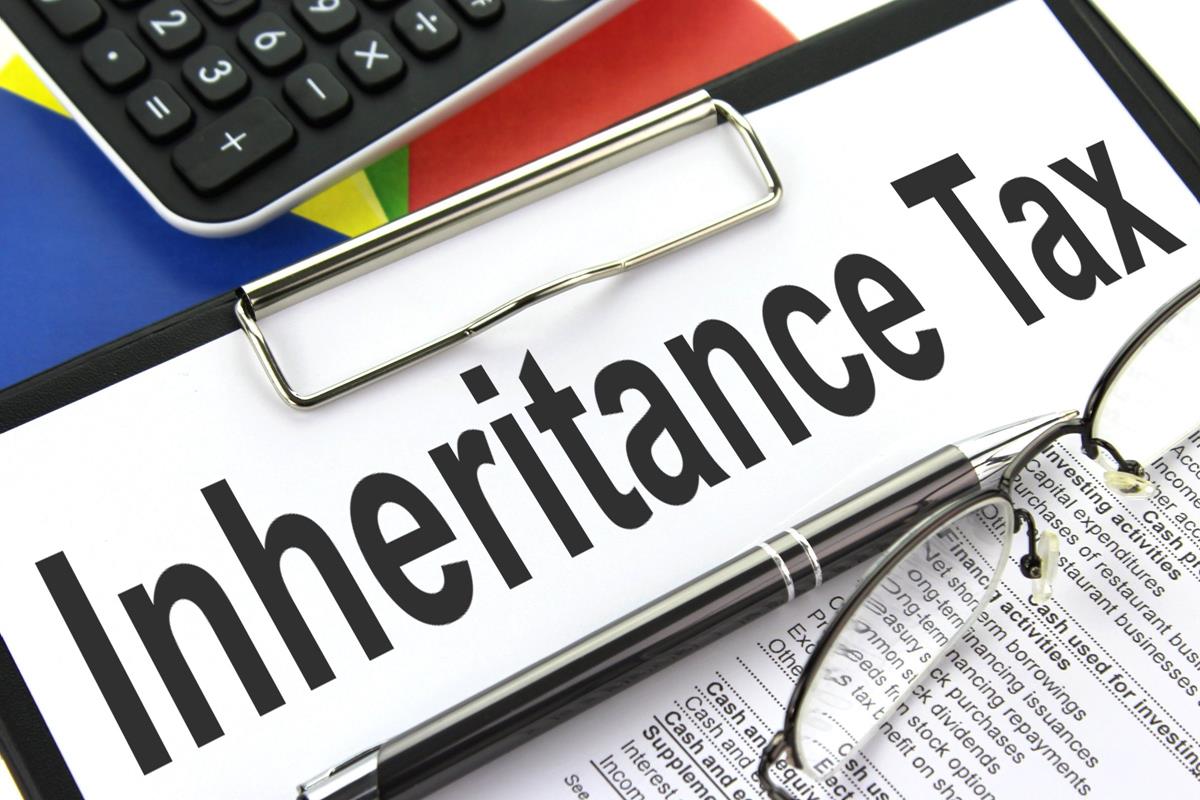Inflation in the UK has returned to double digits after climbing to 10.1% in the year to September.
The latest data published by the Office for National Statistics (ONS) has the UK’s Consumer Prices Index (CPI) inflation reading back at July’s recent high, after it dipped to 9.9% in the 12 months to August.
This means price rises are back at their highest annual rate in the ongoing ONS series, which began in January 1997, and would last have been higher 40 years ago. ONS estimates for 1982 have inflation ranging between 11% in January, down to approximately 6.5% in December.
Rising food prices made the largest upward contribution to the change in CPI annual inflation rates between August and September 2022, the ONS stated.
Figures also confirmed that CPI inflation increased on a monthly basis by 0.5% in September, compared with a rise of 0.3% in September last year.
Commenting on the figures, partner at Killik & Co, Rachel Winter, said: “The UK faces yet another rise in inflation after a month of turmoil in the financial and political spheres. This continues to weigh heavily on the minds and wallets of consumers as we witness a sustained rise in prices that is putting a strain on household budgets for many.
“The longer-term inflationary outlook is not good for Britain, despite the very recent reversal of the planned tax cuts. While changes to the duration of the energy bill price cap will help to limit the level of government debt, we are likely to see higher energy bills feeding into the inflation number when the freeze comes to an end in April.”
Financial planning expert at abrdn, Colin Dyer, added: “Inflation resumed its upward climb in September, putting even more pressure on consumers’ already stretched pockets.
“And with the British Chambers of Commerce expecting inflation to spike at 14% over the next quarter – far above the government’s 2% target – it’s time for savers to take matters into their own hands if they want to see growth with their finances.
“It’s more important than ever for people to plan ahead and consider ways to mitigate the impact of inflation on their hard-earned savings. This will be particularly key for those relying on cash savings, like retirees, as they will be seeing those savings lose real term value as inflation increases.”
The latest inflation figure is particularly important because it means millions of retirees will also find out what their retirement income is likely to be from next spring.
According to self-invested technical specialist at Barnett Waddingham, James Jones-Tinsley, a 10.1% increase in payments for those on a full state pension will mean a jump in April 2023 from £185.15 a week to £205.52, and an annual rise from £9,627.80 to £10,686.86. However, this would depend on the government upholding its pensions ‘triple lock’ promise.
“Doing so has been a Conservative Party pledge for several months, including a promise from the new Parliamentary Under-Secretary of State for Pensions and Growth, Alex Burghart, as recently as last Friday,” Jones-Tinsley highlighted.
“However, the Chancellor’s most recent speech cast doubt on this, and understandably so. Each 1% increase in the state pension will cost the government an additional £1bn per year, so we’re now looking at an additional cost of around £10bn next year; this is approaching a quarter of the remaining fiscal ‘black hole’ that Hunt is looking to fill.
“Trapped between a rock and a hard place is an understatement. The government must choose between their fiscal principles, and their political survival.”
Latest News
-
Targeted support applications to open from March 2026
-
19 firms join forces to launch new retail investment campaign
-
Four in five bridging professionals confident about 2026 market outlook
-
Söderberg & Partners invests in UK group rockwealth
-
SME lending grows again in Q3 – UK Finance
-
Titan Wealth acquires Morgans Ltd
Perenna and the long-term fixed mortgage market

Content editor, Dan McGrath, spoke to head of product, proposition and distribution at Perenna, John Davison, to explore the long-term fixed mortgage market, the role that Perenna plays in this sector and the impact of the recent Autumn Budget
The role of the bridging market and technology usage in the industry
Content editor, Dan McGrath, sat down with chief operating officer at Black & White Bridging, Damien Druce, and head of development finance at Empire Global Finance, Pete Williams, to explore the role of the bridging sector, the role of AI across the industry and how the property market has fared in the Labour Government’s first year in office.
NEW BUILD IN FOCUS - NEW EPISODE OF THE MORTGAGE INSIDER PODCAST, OUT NOW

Figures from the National House-Building Council saw Q1 2025 register a 36% increase in new homes built across the UK compared with the same period last year, representing a striking development for the first-time buyer market. But with the higher cost of building, ongoing planning challenges and new and changing regulations, how sustainable is this growth? And what does it mean for brokers?
Does the North-South divide still exist in the UK housing market?

What do the most expensive parts of the country reveal about shifting demand? And why is the Manchester housing market now outperforming many southern counterparts?
In this episode of the Barclays Mortgage Insider Podcast, host Phil Spencer is joined by Lucian Cook, Head of Research at Savills, and Ross Jones, founder of Home Financial and Evolve Commercial Finance, to explore how regional trends are redefining the UK housing, mortgage and buy-to-let markets.
In this episode of the Barclays Mortgage Insider Podcast, host Phil Spencer is joined by Lucian Cook, Head of Research at Savills, and Ross Jones, founder of Home Financial and Evolve Commercial Finance, to explore how regional trends are redefining the UK housing, mortgage and buy-to-let markets.
© 2019 Perspective Publishing Privacy & Cookies











Recent Stories